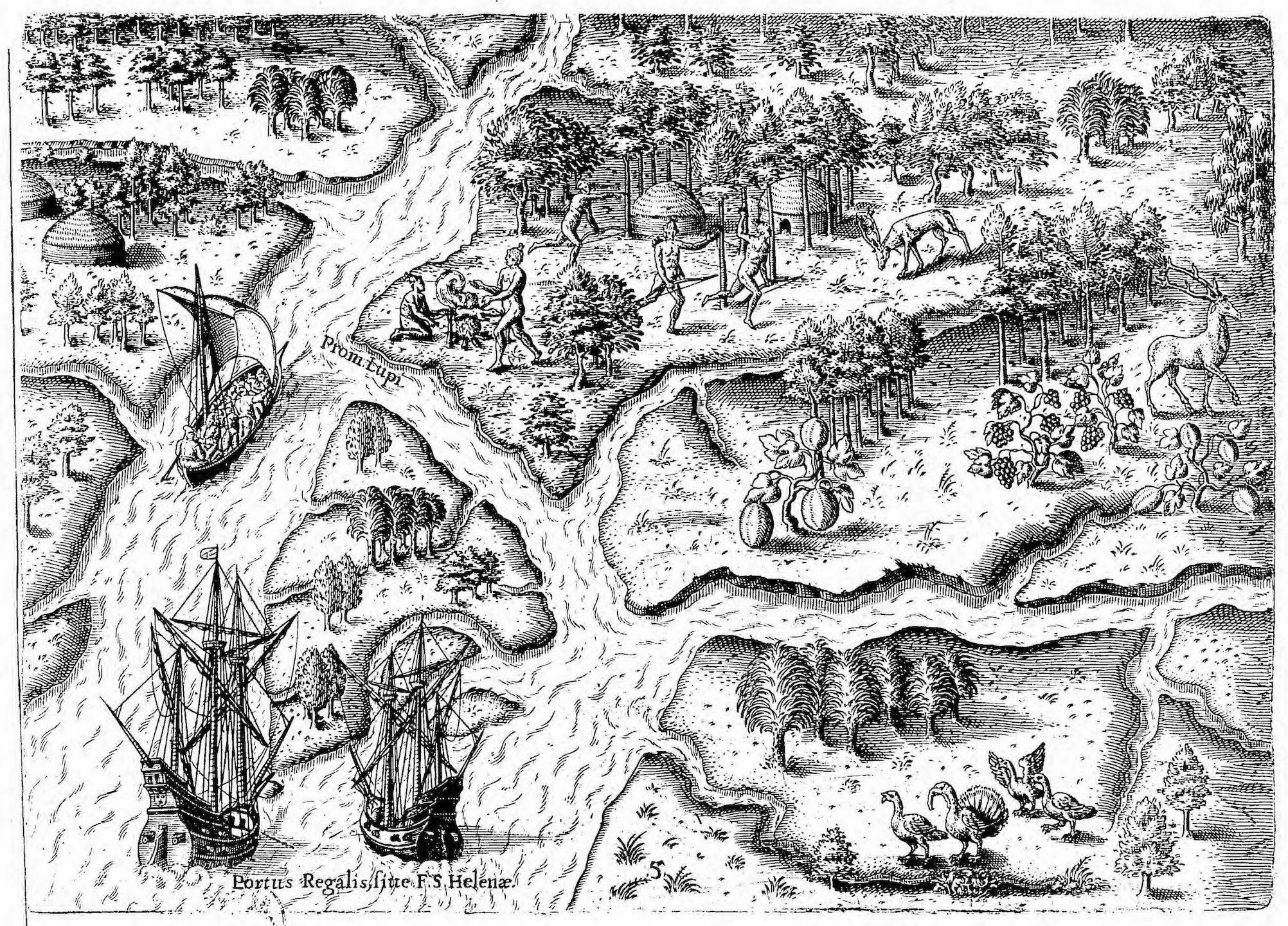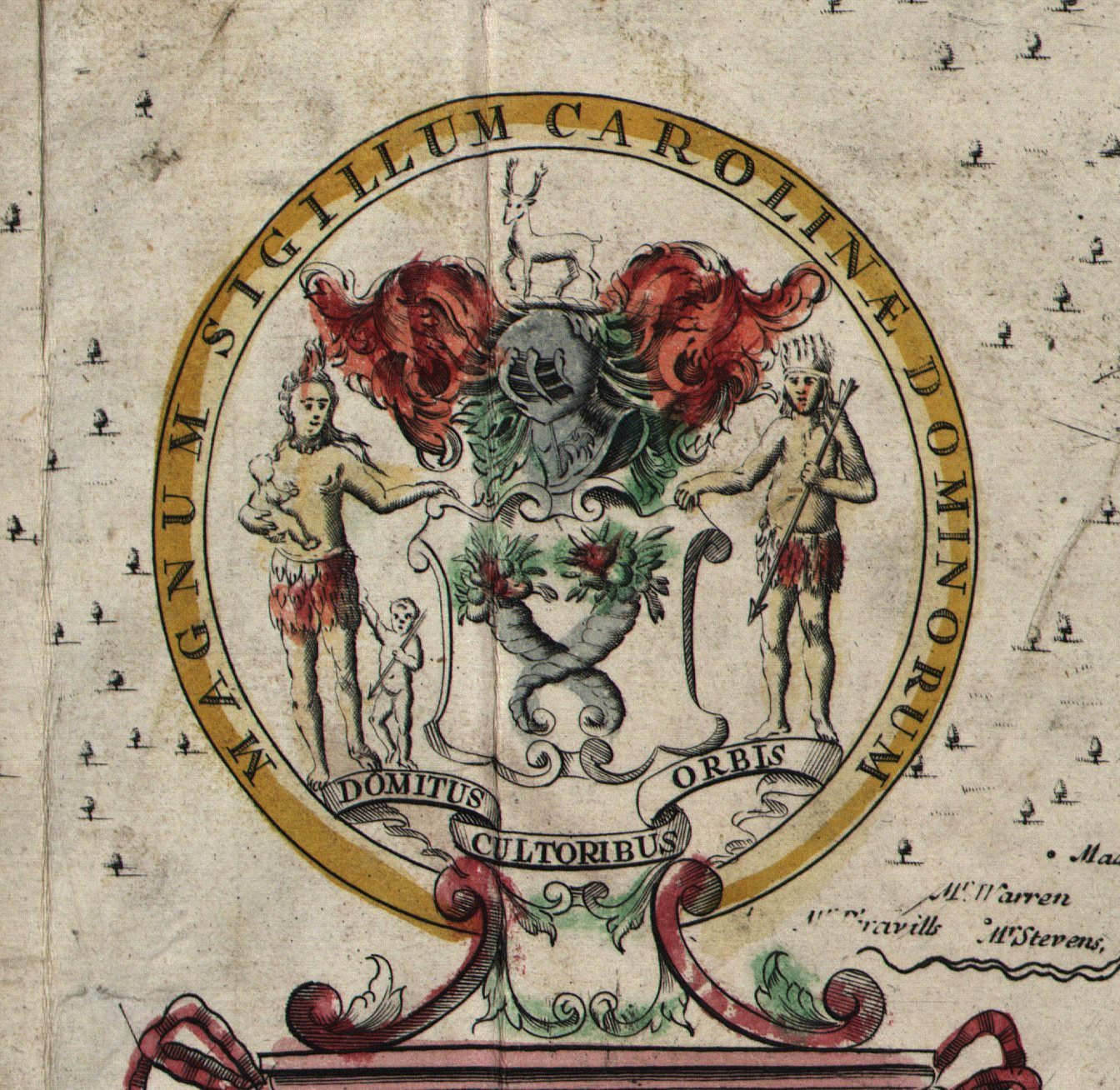Reference




OpenAI's Answer
The early influence of Caribbean culture, particularly from Barbados, profoundly shaped the Carolinas in several key areas including economy, social structures, and cultural practices. This influence is evident in historical records and is well-documented in various sources.
Economic Influence
-
Agriculture: The introduction of rice cultivation in South Carolina, for instance, was heavily influenced by practices brought over from the Caribbean. Settlers from Barbados utilized their knowledge of tropical agriculture to establish rice as a staple crop in the Carolinas. This eventually turned rice cultivation into one of the colony’s major economic activities (southernspaces.org).
-
Sugar Plantation Model: The Carolinas adopted the plantation model used in the Caribbean, focusing on cash crops like indigo, cotton, and rice, which relied heavily on enslaved labor (history.com).
Social Structures
-
Slavery: The model of slavery in the Carolinas was directly influenced by Caribbean precedents. Legal frameworks and social norms regarding the treatment and control of enslaved people were often modeled after those in Barbados (ccpl.org).
-
Settler Population: Many of the early settlers in the Carolinas were from Barbados, bringing their own cultural practices, language, and societal structures. This included the established norms of a plantation economy and the associated hierarchical social order (statehousereport.com).
Cultural Practices
-
Gullah-Geechee Culture: The Gullah-Geechee culture of the Lowcountry, which encompasses parts of South Carolina, Georgia, and Florida, has Caribbean roots. This culture preserves many African traditions, particularly in language, cuisine, and crafts, reflecting the influence of enslaved Africans who came through the Caribbean (cofc.edu).
-
Architecture and Urban Layout: The architectural styles and urban planning of cities like Charleston have elements that reflect Caribbean influences, including the use of similar building techniques and materials adapted to the coastal environment (npr.org).
Notable Historical Documents and Images
-
Historical maps and narratives illustrating the connections between Barbados and the Carolinas, such as maps from the 17th and 18th centuries showing settlements and trade routes.


-
Charleston, South Carolina's architecture in the early colonial period, which often drew directly from Caribbean styles.
In summary, the early Caribbean influence on the Carolinas was extensive, shaping its economy, social framework, and cultural landscape in profound ways that are still evident today.